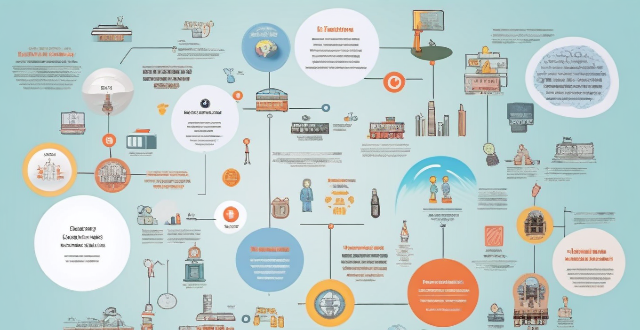The latest updates in education policy focus on improving the quality of education, increasing accessibility, and preparing students for future challenges. Key areas of reform include remote learning and online education, inclusive education, curriculum reform, teacher professional development, and funding and resource allocation. These changes aim to create a more effective and equitable educational system for all students.

Latest Updates in Education Policy
Overview
The education policy landscape is constantly evolving, with governments and educational institutions worldwide making significant changes to improve the quality of education, increase accessibility, and prepare students for the challenges of the future. Here are some of the latest updates in education policy:
Key Updates
1. Remote Learning and Online Education
- Increased Accessibility: The COVID-19 pandemic has accelerated the adoption of remote learning and online education, making it more accessible to students who face geographical or logistical barriers.
- Quality Assurance: Educational institutions are focusing on ensuring that online courses maintain high standards and are equivalent to their in-person counterparts.
- Digital Divide: Governments and organizations are working to address the digital divide by providing resources such as laptops, internet access, and training to underprivileged students.
2. Inclusive Education
- Special Education: Policies are being updated to ensure that students with disabilities have equal opportunities to learn and succeed.
- Cultural Competency: Educators are being trained to create an inclusive environment that respects and values diverse cultures and backgrounds.
- Gender Equality: Efforts are being made to promote gender equality in education, including addressing the underrepresentation of women in STEM fields.
3. Curriculum Reform
- Skills-Based Learning: Curricula are being updated to focus on developing critical thinking, problem-solving, and collaborative skills, in addition to traditional academic knowledge.
- Interdisciplinary Approaches: Integrating subjects across disciplines, such as combining science and technology with arts and humanities, is becoming more common.
- Technology Integration: Incorporating technology into classrooms is seen as essential for preparing students for the digital age.
4. Teacher Professional Development
- Continuous Learning: Teachers are encouraged to engage in ongoing professional development to stay current with the latest teaching methods and technologies.
- Mentorship Programs: Experienced teachers are paired with new educators to provide guidance and support throughout their careers.
- Collaborative Environments: Creating opportunities for teachers to collaborate with colleagues from different schools or districts can lead to innovative teaching practices.
5. Funding and Resource Allocation
- Equitable Funding: Efforts are being made to ensure that all schools receive adequate funding, regardless of location or student demographics.
- Technology Investment: Schools are investing in technology infrastructure, such as high-speed internet connections and devices like tablets and laptops.
- Support Services: Providing additional support services, including counseling, mental health resources, and nutrition programs, is becoming a priority.
Conclusion
These updates in education policy reflect a global effort to adapt to changing circumstances, address existing inequalities, and prepare students for success in the 21st century. By prioritizing accessibility, inclusivity, curriculum reform, teacher professional development, and equitable funding, we can create a more effective and equitable educational system for all students.